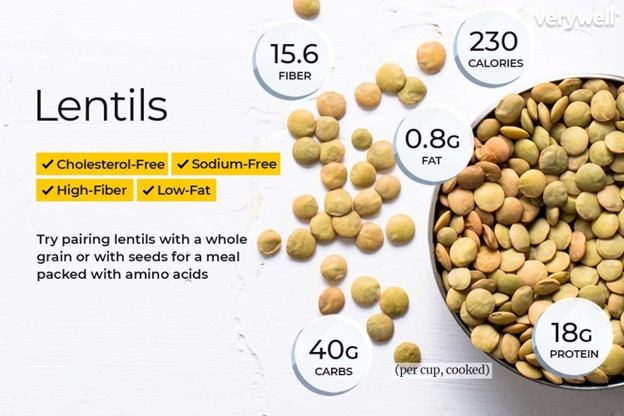A nurse is caring for a client who is in labor. Which of the following findings should prompt the nurse to reassess the client?
Progressive sacral discomfort during contractions
Intense contractions lasting 45 to 60 seconds
An urge to have a bowel movement during contractions
A sense of excitement and warm, flushed skin
The Correct Answer is C
A. Discomfort in the lower back (sacral area) is common during labor, particularly during contractions. This is not an unusual finding that would require immediate reassessment.
B. Contractions lasting between 45 to 60 seconds are typical during the active phase of labor. This duration of contractions is expected as labor progresses, and does not require immediate reassessment.
C. This sensation can indicate that the fetus has descended into the birth canal and may be a sign that the client is entering the second stage of labor, or is close to delivery. This requires immediate reassessment by the nurse to check for full cervical dilation and fetal descent.
D. Emotional excitement and changes in skin temperature are typical responses during labor due to the physiological and emotional aspects of childbirth. This does not indicate the need for immediate reassessment.
Nursing Test Bank
Naxlex Comprehensive Predictor Exams
Related Questions
Correct Answer is B
Explanation
A. A respiratory rate of 55 breaths per minute is within the normal range for a full-term newborn, which is generally between 30 and 60 breaths per minute.
B. A heart rate of 72 beats per minute is significantly lower than the normal range for a newborn. Normal heart rates for newborns typically range from 120 to 160 beats per minute. A heart rate this low could indicate bradycardia, which requires immediate assessment and intervention.
C. A temperature 36.5° C (97.7° F) is slightly below the normal range for newborns, which is typically between 36.6°C to 37.2°C (97.9°F to 99.0°F). However, it may not be immediately concerning unless it is part of a pattern or accompanied by other symptoms.
D. A blood pressure reading of 80/50 mm Hg is within the expected range for a full-term newborn, where typical values are approximately 60-80 mm Hg for systolic and 40-50 mm Hg for diastolic.
Correct Answer is A
Explanation
Lentils. Lentils have the highest fiber content per cup compared to the other options. One cup of cooked lentils provides approximately 15.6 grams of fiber. Oatmeal provides approximately 4 grams of fiber per cup, asparagus provides approximately 3.6 grams of fiber per cup, and cabbage provides approximately 2.6 grams of fiber per cup. Increasing dietary fiber is an effective way to manage constipation during pregnancy, as it can promote bowel regularity and prevent complications such as hemorrhoids. The nurse can provide additional education on other high-fiber food options, the importance of drinking adequate fluids, and the need to increase physical activity to help manage constipation. 
Whether you are a student looking to ace your exams or a practicing nurse seeking to enhance your expertise , our nursing education contents will empower you with the confidence and competence to make a difference in the lives of patients and become a respected leader in the healthcare field.
Visit Naxlex, invest in your future and unlock endless possibilities with our unparalleled nursing education contents today
Report Wrong Answer on the Current Question
Do you disagree with the answer? If yes, what is your expected answer? Explain.
Kindly be descriptive with the issue you are facing.
